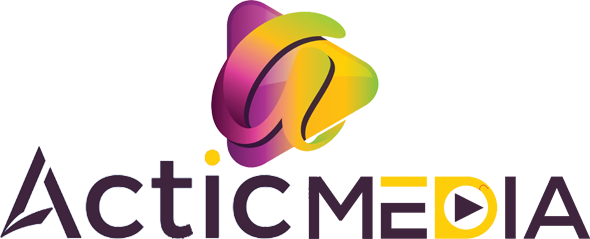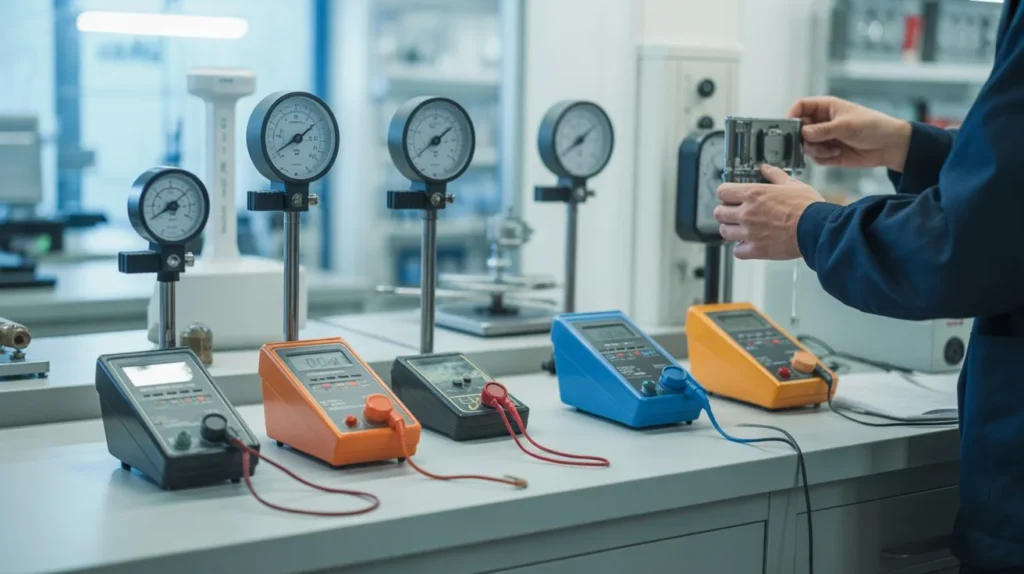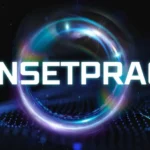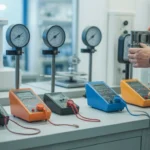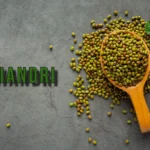Calibration, or kalibraatio in Finnish, is a term that often flies under the radar. Yet, it plays a crucial role in ensuring accuracy and precision across various fields. Whether you’re measuring temperature, checking voltage levels, or fine-tuning machinery performance, calibration is key to maintaining standards. But what exactly does calibration involve? Why is it so vital for industries like healthcare, manufacturing, and research?
In this blog post, we’ll dive deep into the art and science of calibration. From understanding its importance to exploring different types and processes involved—get ready for an enlightening journey through the world of kalibraatio!
What is Calibration?
Calibration refers to the process of comparing a measurement instrument against a known standard. This ensures that the readings it provides are accurate and reliable.
At its core, calibration is all about precision. It helps identify deviations from expected values and allows for adjustments to be made accordingly. Whether in laboratories, factories, or healthcare settings, having precise measurements can mean the difference between success and failure.
The process typically involves using specialized equipment to assess how well an instrument performs relative to established benchmarks. If discrepancies arise, technicians can recalibrate the device to enhance accuracy.
In essence, calibration establishes trust in measurements across various applications. It’s not just a technical requirement; it’s a commitment to quality and safety in every sector where precision matters.
The Importance of Calibration in Various Industries
Calibration is crucial across numerous industries, ensuring precision and reliability. In healthcare, accurate measurements can mean the difference between life and death. Medical devices must be calibrated to guarantee they deliver correct dosages or readings.
In manufacturing, calibration maintains product quality. It ensures machines operate within specified tolerances, reducing errors that could lead to wasted materials and time. Consistent calibration helps avoid costly recalls.
The aerospace sector also heavily relies on precise instruments for safety reasons. Pilots depend on reliable altimeters and navigational tools, where even minor discrepancies can have severe consequences.
In research laboratories, calibration allows scientists to trust their data. Accurate results are essential for advancements in technology and medicine.
Each industry benefits from rigorous calibration practices tailored to its unique needs. This commitment fosters innovation while safeguarding standards of safety and quality.
Types of Calibration: Physical, Electrical, and Mechanical
Calibration can be categorized into three main types: physical, electrical, and mechanical. Each type serves a distinct purpose in ensuring accuracy across various applications.
Physical calibration focuses on measurements involving mass, length, temperature, and pressure. Instruments like scales and thermometers undergo this process to guarantee their readings are precise.
Electrical calibration involves testing devices that measure voltage, current, or resistance. Multimeters and oscilloscopes are common tools in this realm. Ensuring these instruments provide accurate readings is critical for safety and functionality.
Mechanical calibration deals with machines and equipment that rely on moving parts. This includes calibrating torque wrenches or pressure gauges to ensure they perform as intended during operation.
Each type plays an essential role in maintaining quality standards across different industries while safeguarding against potential errors that could lead to significant consequences.
Understanding the Process of Calibration
Calibration is a systematic process aimed at ensuring measurement accuracy. It starts with defining the specific standards or references against which instruments will be compared.
Next, technicians measure the instrument’s output under controlled conditions. This step helps identify any discrepancies between the device reading and the standard value.
Adjustments may be necessary if deviations are found. Often, this involves tweaking settings or replacing components to align performance with required specifications.
Documentation plays a vital role during calibration. Each step must be recorded meticulously for future reference and compliance purposes.
Regular recalibration is essential to maintain precision over time. Factors like environmental changes can affect measurements, making it crucial to revisit calibration schedules periodically.
Tools and Equipment Used in Calibration
Calibration requires a variety of specialized tools and equipment to ensure precision. Each instrument serves a unique purpose, contributing to the overall accuracy of measurements.
Multimeters are commonly used for electrical calibration. They help in measuring voltage, current, and resistance with high accuracy.
For physical calibration, devices like pressure gauges and temperature sensors come into play. These instruments must be calibrated against known standards to maintain reliability.
Mechanical calibration often involves torque wrenches and micrometers. These tools check the alignment and functionality of machinery components.
In addition to these basic tools, software solutions have become essential in modern calibration processes. They enable data logging and analysis, making it easier to track performance over time.
Using the right combination of equipment is crucial for achieving reliable results in any calibration process. The choice depends on specific industry requirements as well as the type of measurement being taken.
Tips for Accurate and Efficient Calibration
To achieve accurate and efficient kalibraatio, start with a well-planned calibration schedule. Regular intervals help catch deviations early.
Ensure all tools are properly maintained and calibrated themselves. This guarantees that measurements taken are reliable.
Always work in a controlled environment. Temperature fluctuations or humidity changes can affect readings significantly.
Document every step of the process meticulously. Accurate records make it easier to trace issues back to their source if discrepancies arise.
Train your team thoroughly on calibration procedures. Knowledgeable staff can spot potential problems before they escalate.
Embrace technology where possible. Software solutions can automate data collection and analysis, making the process faster and reducing human error.
Future of Calibration: Advancements and Innovations
The future of kalibraatio is exciting, driven by technological advancements and innovative practices. Emerging technologies like artificial intelligence and machine learning are transforming calibration processes. These tools enhance precision and reduce human error significantly.
Automation is another key trend. Automated systems allow for real-time monitoring and adjustments, making calibration faster than ever before. This can lead to increased efficiency in various industries.
Additionally, the rise of IoT (Internet of Things) devices means that equipment can now communicate data directly to calibration professionals. This connectivity allows for proactive maintenance rather than reactive solutions.
Sustainability is gaining traction within calibration methods. Eco-friendly materials and energy-efficient practices are being developed, aligning with global efforts toward greener operations in all sectors. The landscape of kalibraatio continues evolving as these innovations reshape how we ensure accuracy across industries.
Conclusion
Calibration, or kalibraatio, is a critical process that ensures accuracy and reliability across various fields. Its significance spans multiple industries—from healthcare to manufacturing. By understanding the different types of calibration and embracing modern tools and techniques, professionals can maintain high-quality standards.
The future of calibration looks promising with continuous innovations aimed at enhancing efficiency and precision. As technology evolves, so too will the methods we use to ensure that our measurements are correct and consistent. Embracing these advancements will not only improve processes but also pave the way for new applications in diverse sectors.
With a solid grasp on calibration’s importance, its methodologies, and emerging trends, businesses can stay ahead in today’s competitive landscape.
